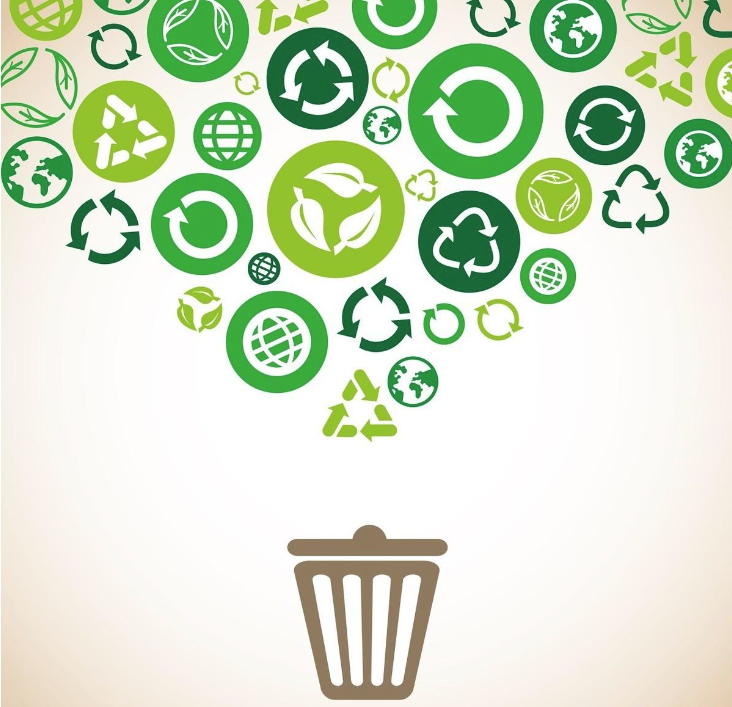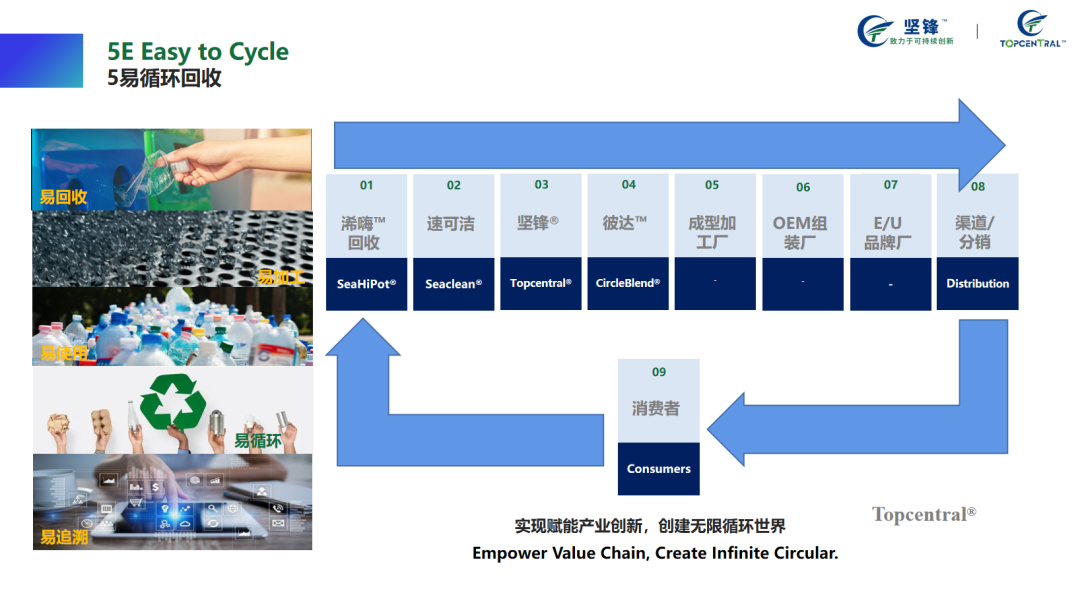What is the next trend in PCR plastics?
Renewable Materials | Industry Hot Spots
Will tracing the origin of PCR plastics become the next development trend in the recycling industry? In recent years, many industry insiders have expressed great optimism about PCR traceability, but what is the actual situation?

//1、 Bye Pino viewpoint//
The editor believes that although tracing the origin of PCR is a trend, it will not have a significant impact in the short term, and there will be no significant development or changes in at least three to five years. In addition, the current PCR traceability only exists in the theoretical stage, with only a small number of forces involved, which makes it difficult to be implemented. In the practical stage, it will face various obstacles and difficulties, which are difficult to complete by relying on some unilateral forces. To make substantive progress in PCR traceability, it needs all sectors of the industry to promote in coordination with the regeneration industry chain, and to continuously invest considerable energy, which can be said to be quite difficult.
Regarding this topic, the editor learned that there are currently leading companies in the industry that have proposed innovative "5E" concepts, which are easy to recycle, process, use, recycle, and trace, enabling industrial innovation and creating an infinite circular world.

//2、 About PCR Traceability//
Adding a certain proportion or even 100% post consumer recycled plastics (PCR) to plastic products has become a mainstream of green development. Major consumer brands are vying to pursue PCR, which plays a crucial role in promoting the sustainable development of products, from packaging, sports and leisure, to automobiles and electronic appliances.
In addition to the voluntary participation of enterprises, policies and regulations in some countries and regions also require the addition of PCR components to specific products. For example, the mandatory use of PCR laws in California and Washington have come into effect, and relevant laws are being introduced in two other states; The proposal for the Packaging and Packaging Waste Regulations (PPWR) released by the European Union at the end of last year sets minimum content requirements for the use of PCR plastics; The plastic packaging tax levied in the UK requires packaging with less than 30% PCR content to pay a tax of £ 200 per ton. Recently, there have been reports that the tax will be increased to £ 210.82 per ton.
From the spontaneity of enterprises to the enforceability of regulations, the world is calling for the use of PCR.
However, not all recycled plastics are PCR based. Because of this, PCR has traceability, which means it is more important to track and record the entire process from post consumption recycling to recycled particles/sheets/products.
From recycled waste plastics to recycled materials to plastic products containing PCR, there are several complex circulation steps involved, which also leads to any incomplete information and raises questions about the authenticity of PCR.
At present, there is no clear requirement in the relevant domestic recycled plastic standards that recycled plastics have the "post consumption" attribute, nor does it require traceability identification of the authenticity and compliance of recycled plastics and their front-end raw materials after consumption, resulting in several incidents of fraud, which has had a huge negative impact on industry enterprises.
In the face of the global demand for high-quality PCR that has already erupted, identifying its "post consumption attributes" through traceability can not only safeguard the interests of production enterprises, improve their competitiveness, but also safeguard the interests of procurement enterprises and consumers.
//3、 Conclusion and prediction//
terms of current trends, tracing PCR sources will definitely become a mandatory standard in the future, and richer and more convenient rating systems and certification methods will also be established and improved accordingly. However, there is a certain period of transition in this process.






